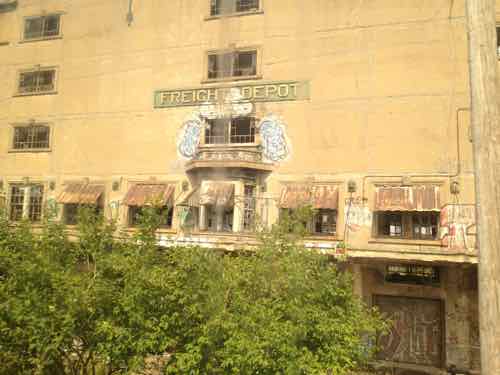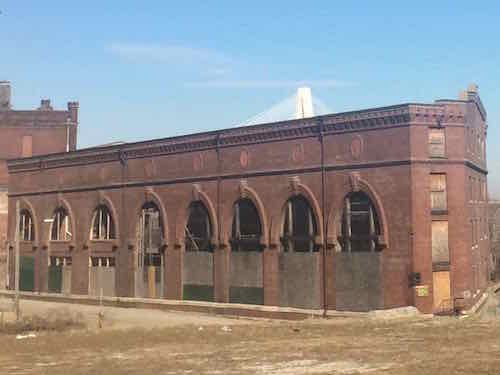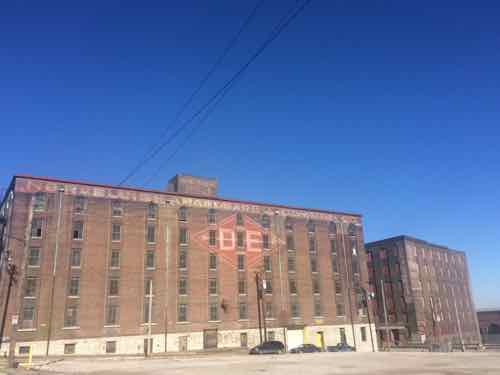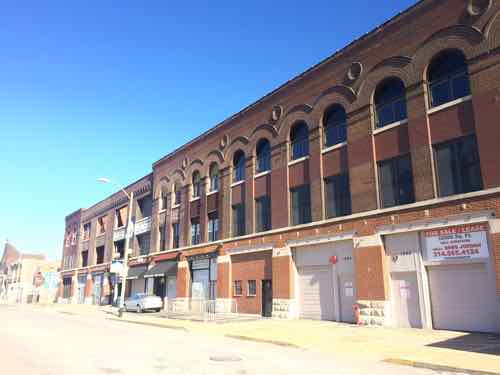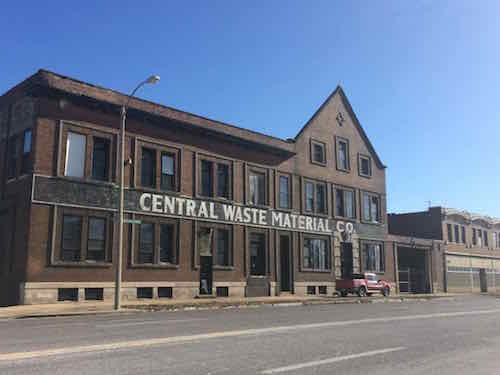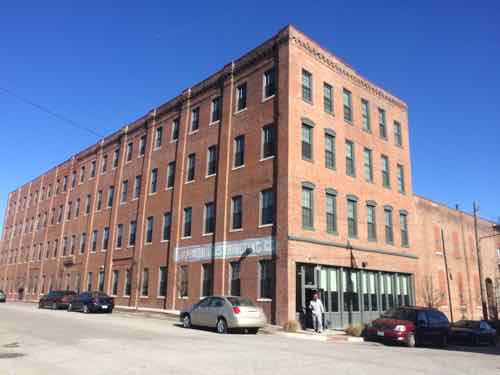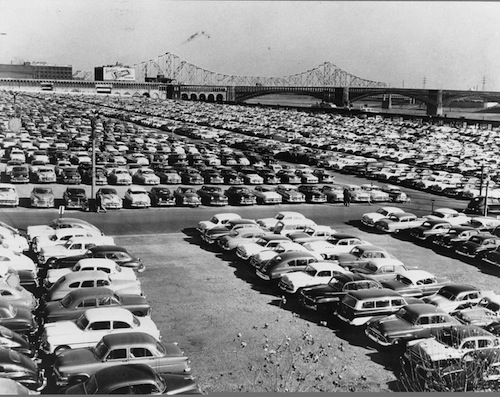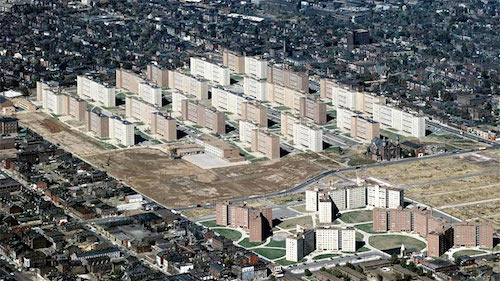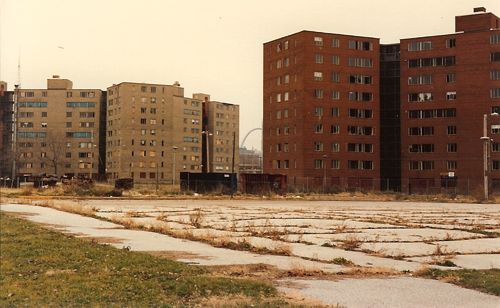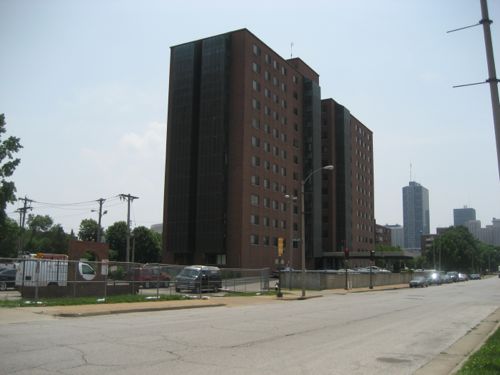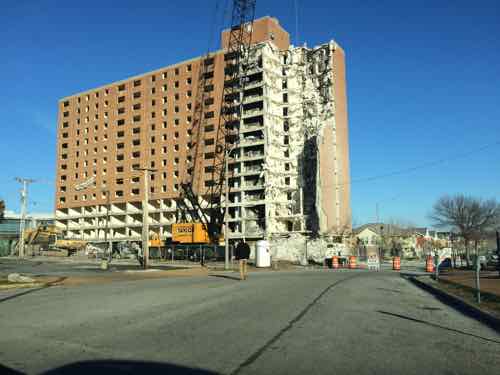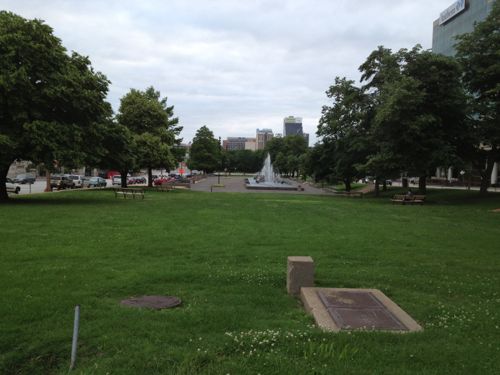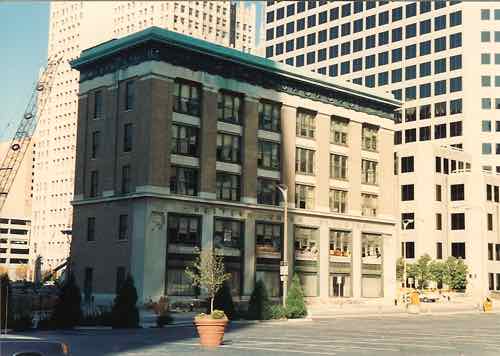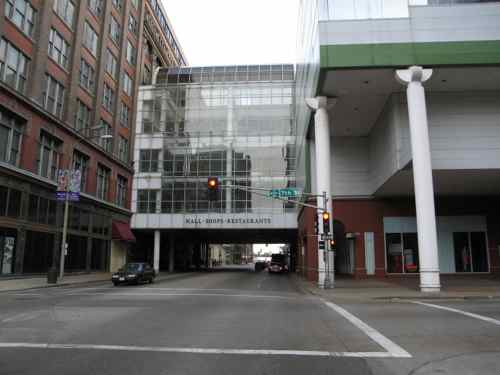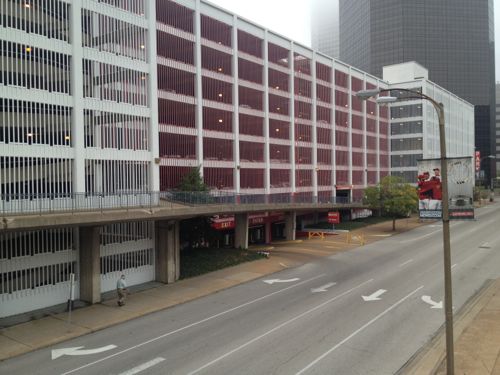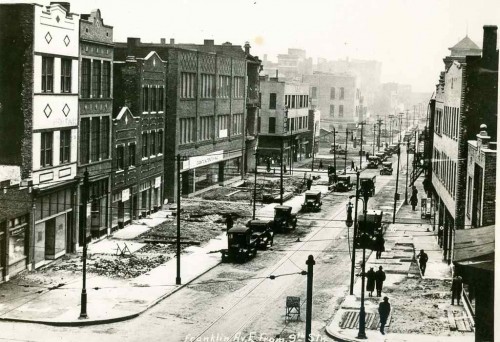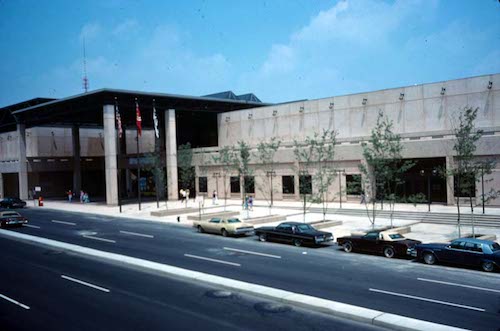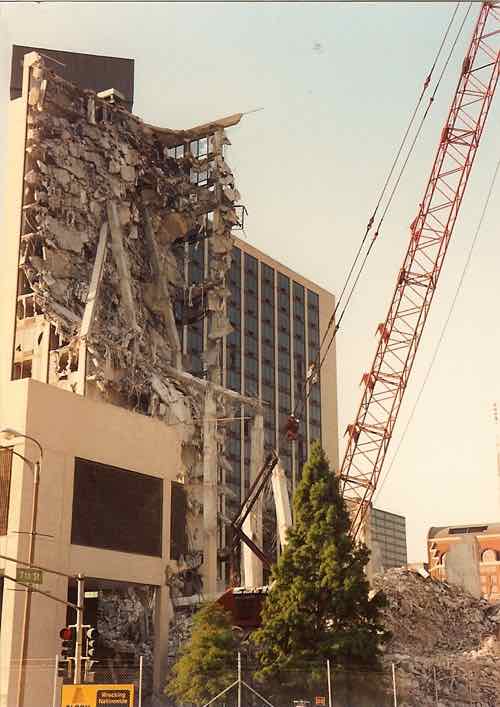Board Bill 198 Would Improve ‘Complete Streets’ Law
|
|
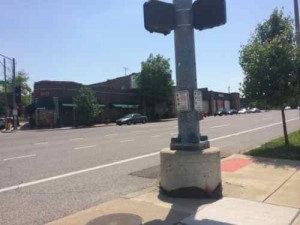
This morning I will testify before the Board of Aldermen’s Streets, Traffic and Refuse committee in favor of Board Bill 198:
BOARD BILL NO. 198 INTRODUCED BY ALDERMAN SCOTT OGILVIE, ALDERWOMAN LYDA KEWSON, ALDERWOMAN MEGAN GREEN, ALDERMAN SHANE COHN, ALDERWOMAN CHRISTINE INGRASSIA, ALDERWOMAN CAROL HOWARD An ordinance repealing Ordinance 68663, codified as Chapter 3.110.120 of the Revised Code of the City of St. Louis and in lieu thereof enacting a new ordinance relating to a “complete streets” policy for the City of St. Louis, stating guiding principles and practices so that transportation improvements are planned, designed and constructed to encourage walking, bicycling and transit use while promoting safe operations for all users.
The first reading of the bill was in November, this will be the first hearing on it. The full Bill, as introduced, can be viewed here (5 page PDF). As noted in the summary above, it repeals & replaces Ordinance 68663 — a “Complete Streets” law adopted a few years ago. This new bill is more — complete.
The best part is the creation of a Complete Streets Steering Committee, comprised of:
Directors or their designees from the Departments of Streets, Planning and Urban Design, Board of Public Service, Health Department, Department of Parks, Recreation, and Forestry, and the Office of the Disabled.
This committee would meet quarterly and:
- Develop short-term and long-term steps and planning necessary to create a comprehensive and integrated transportation network serving the needs of all users;
- Assess potential obstacles to implementing Complete Streets practices;
- Develop an action plan to more fully integrate complete streets principles into appropriate policy documents, plans, project selection processes, design manuals and maintenance procedures;
- Provide an annual written report and presentation to the Board of Aldermen showing progress made in implementing this policy.
We can do better, I’m glad some aldermen are trying. For more information see the National Complete Streets Coalition.
— Steve Patterson
